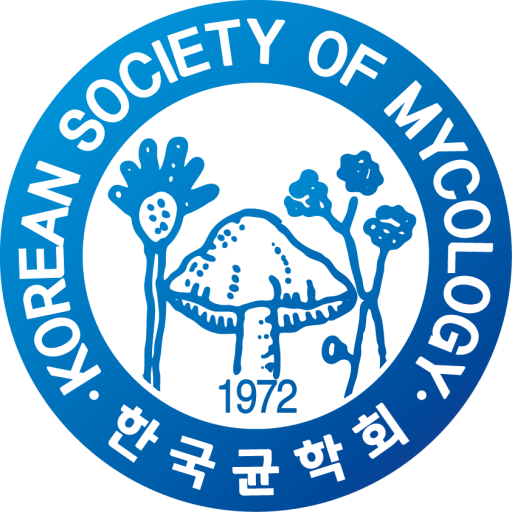Identification Of Unrecorded Diseases On Floricultural Crops In Korea
Minjeong Kim1†, Daol Lee1, Changhyun Ahn2†, Bogyeom Yoon1, Hyeonseo Jeon1, Hee-Young Jung3* and Chang-Gi Back1*
1Department of Environmental Horticulture, Dankook University, Cheonan, 31116, Republic of Korea
2ISIS Research, Gyeonggi-do, 18577, Republic of Korea
3Department of Plant Medicine, Kyungpook National University, Daegu 41566, Korea
*Email : plantdoctor@dankook.ac.kr
With the expansion of the floriculture industry and the continuous introduction of new cultivars, previously unrecorded diseases have emerged, causing substantial losses to growers.
Accurate diagnosis is fundamental for developing effective disease management strategies; therefore, prompt identification and documentation of novel host–pathogen records are required.
This study aimed to identify fungi associated with previously unrecorded diseases occurring on major floricultural crops cultivated in Korea,
including freesia (Freesia refracta), anemone (Anemone coronaria), ranunculus (Ranunculus asiaticus), stock (Matthiola incana), and grevillea (Grevillea sp.).
Symptomatic plant samples were collected from various locations nationwide; the associated fungi were isolated, and identifications were based on sequencing of the internal transcribed spacer (ITS) region.
As a result, Fusarium spp. and Alternaria sp. were recovered from freesia; Fusarium sp. and Botrytis cinerea from ranunculus; B. cinerea from anemone; Fusarium sp. from stock; and Ilyonectria robusta from grevillea.
These fungi are reported for the first time on their respective host plants in Korea.
The results of this study provide essential baseline data for designing disease management strategies and establishing plant quarantine policies.

 English
English